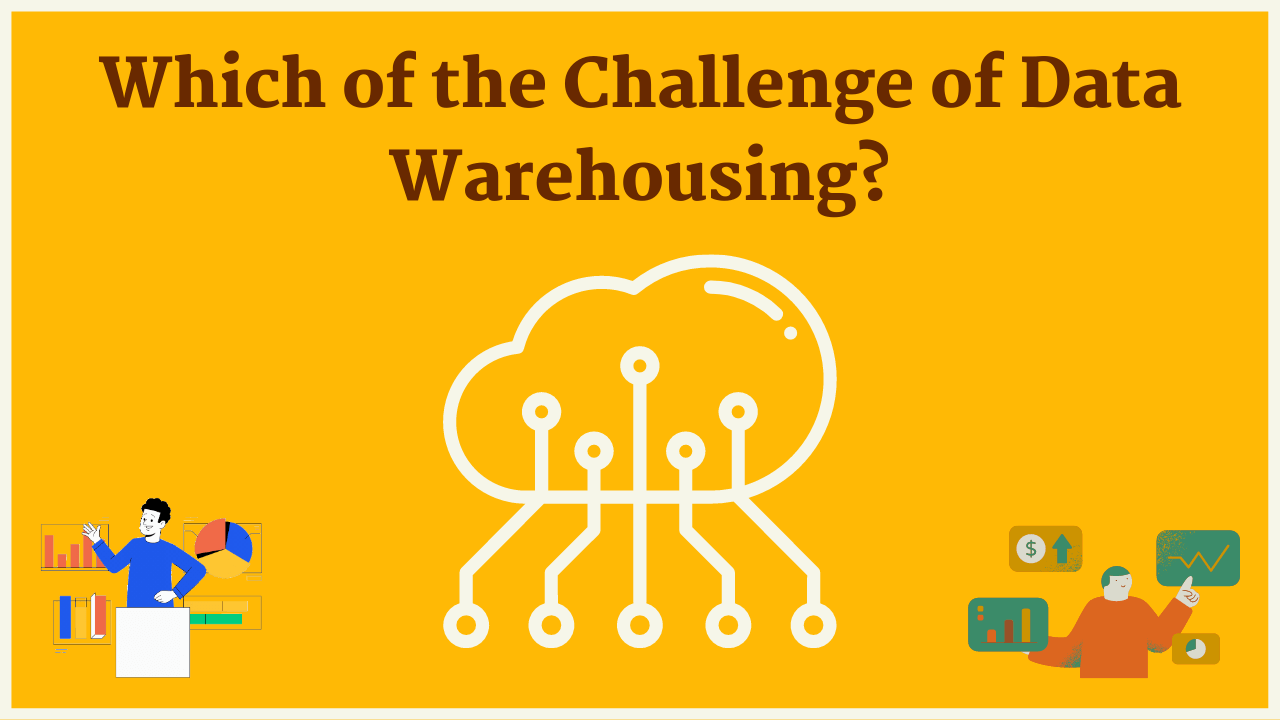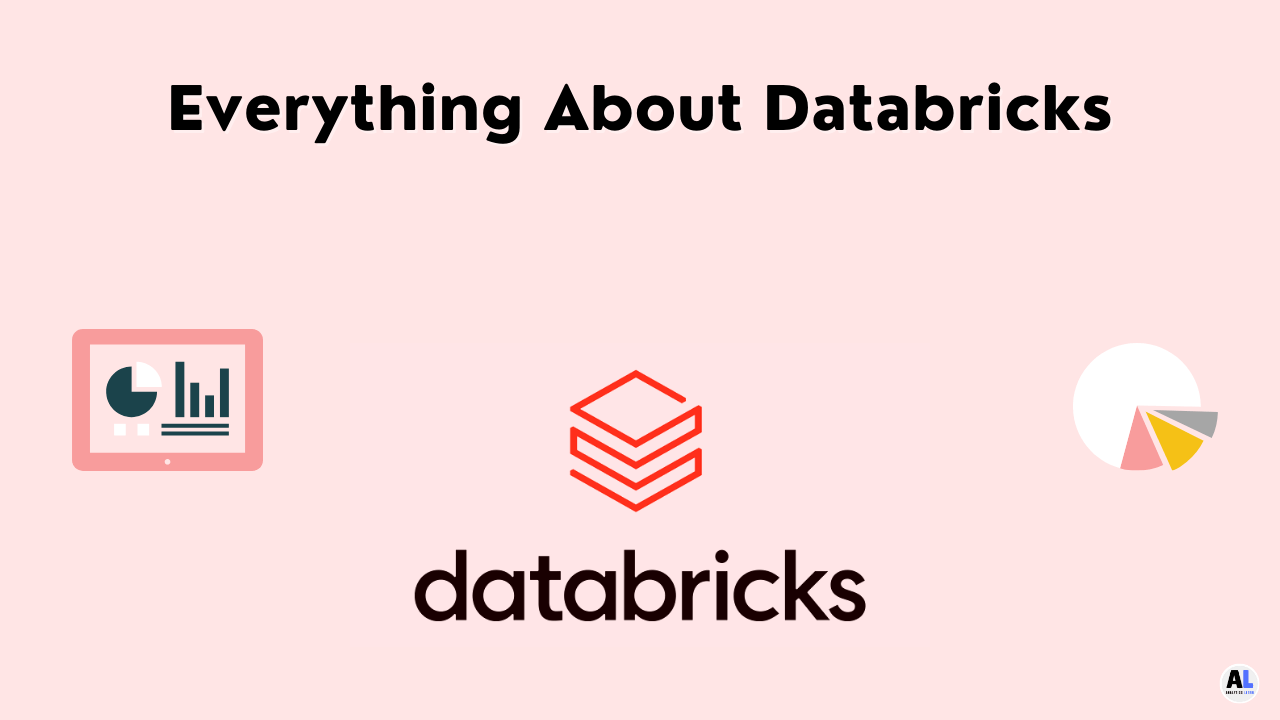In this article, we will see which of the following challenge of data warehousing are major and provide strategies for addressing them.
Data warehousing is a critical component of modern data management and analytics, enabling businesses to store, manage, and analyze vast amounts of data.
However, despite its many benefits, data warehousing also presents several challenges that organizations must overcome in order to be successful.
What is Data Warehousing?
Data warehousing is a process of collecting, storing, and managing large volumes of data from different sources in a centralized repository.
The purpose of data warehousing is to provide a unified and consistent view of data for analysis and decision-making.
Data warehouses typically store historical data, allowing businesses to analyze trends and patterns over time.
The data is organized in a way that is optimized for reporting and analysis, with a focus on querying and summarizing data.
Data warehousing involves a number of components, including data extraction, transformation, and loading (ETL), data modeling, and data analysis.
ETL involves extracting data from different sources, transforming it into a consistent format, and loading it into the data warehouse.
Data modeling involves designing the structure of the data warehouse, including the tables, columns, and relationships between them.
Data analysis involves using tools such as business intelligence (BI) software and online analytical processing (OLAP) to query and analyze the data.
Related Article: What Is Big Data? in Modern World
Why Data Warehousing?
Data warehousing is used by businesses in a variety of industries, including finance, healthcare, retail, and manufacturing.
It allows businesses to gain insights into their operations and customers, identify trends and patterns, and make data-driven decisions.
By providing a centralized repository of data, data warehousing reduces the complexity of managing and analyzing large volumes of data from different sources.
Related Article: What are the data lakes? – Architecture, Usecases
Top Challenge of Data Warehousing
Challenge 1: Data Integration
One of the biggest challenges of data warehousing is data integration.
In many organizations, data is stored in multiple systems and formats, making it difficult to consolidate and integrate into a single data warehouse.
This can lead to inconsistent data, data duplication, and data quality issues.
To address this challenge, organizations need to develop a robust data integration strategy that includes data profiling, cleansing, and transformation.
This strategy should also include a clear plan for managing metadata and ensuring data quality.
Data integration involves combining data from different sources into a unified view, which is a critical component of a data warehouse.
However, integrating data from various sources can be challenging due to differences in data formats, structures, and semantics.
To overcome this challenge, businesses must adopt a comprehensive data integration strategy that includes data mapping, transformation, and loading.
1. Data mapping: It involves identifying and mapping data elements between source systems and the data warehouse.
2. Data transformation: It involves converting data into a consistent format and structure.
3. Data loading: It involves moving data from source systems to the data warehouse.
Challenge 2: Data Quality
Data quality is another significant challenge of data warehousing.
Inaccurate or incomplete data can lead to flawed insights and poor decision-making.
Furthermore, data quality issues can be exacerbated when data is integrated from multiple sources, as different systems may use different data formats or structures.
The accuracy and completeness of data is critical to the success of a data warehouse project.
Poor quality data can result in incorrect analysis, which can lead to poor business decisions.
Inaccurate data can be caused by a variety of factors, such as human error, data entry mistakes, or system issues.
Additionally, the data may be outdated or inconsistent, leading to discrepancies in analysis.
To overcome this challenge, organizations need to establish a comprehensive data quality program that includes data profiling, cleansing, and validation.
1. Data profiling: It helps to identify data quality issues and provides insight into data characteristics.
2. Data cleansing: It involves removing or correcting data that is incorrect, inconsistent, or irrelevant.
3. Data validation: It verifies the accuracy and completeness of data against predefined rules.
This program should also include clear data quality metrics and monitoring to ensure ongoing data quality.
Challenge 3: Scalability
Data warehousing solutions can be expensive to scale, especially as the volume of data grows.
As data volumes increase, organizations may experience performance issues or require costly hardware upgrades to maintain optimal performance.
To address this challenge, organizations need to carefully consider their data warehousing architecture and infrastructure.
This may include implementing a distributed architecture that allows for horizontal scaling, or investing in cloud-based data warehousing solutions that can scale more easily.
Challenge 4: Security and Privacy
Data security and privacy are critical concerns for any organization that manages sensitive or confidential data.
Data warehousing solutions can be particularly vulnerable to security breaches or unauthorized access, especially when data is integrated from multiple sources.
To mitigate these risks, organizations need to establish robust security and privacy policies and procedures.
This may include implementing access controls and encryption, as well as regularly monitoring and auditing data access and usage.
As data volumes increase, so does the risk of data breaches and cyberattacks.
Data breaches can result in the theft of sensitive data, such as customer information, financial data, or intellectual property.
To overcome this challenge, businesses must implement a comprehensive data security framework that includes data encryption, access control, and monitoring.
Data encryption involves converting data into a secure format that can only be decrypted by authorized users.
Access control involves restricting access to data based on user roles and permissions.
Monitoring involves tracking user activity and system logs to identify and prevent potential security threats.
Challenge 5: Business Alignment
Finally, data warehousing can present a challenge in terms of aligning with business needs and goals.
In many organizations, data warehousing is seen as an IT initiative rather than a business initiative, which can lead to misalignment between data management practices and business objectives.
To address this challenge, organizations need to ensure that their data warehousing strategy is aligned with their overall business strategy.
This may involve developing a clear business case for data warehousing, establishing a data governance framework that includes business stakeholders, and ensuring that data warehousing initiatives are driven by business requirements rather than technical considerations.
Data warehousing is a vital tool for businesses to store, manage, and analyze vast amounts of data.
However, with the increasing volume and complexity of data, there are several challenges that businesses face in implementing and managing a data warehouse.
In this article, we will explore some of the major challenges of data warehousing and offer some strategies for overcoming them.
Challenge 6: Performance
Performance is another challenge of data warehousing.
As the volume of data increases, the performance of the data warehouse can degrade, leading to slow response times and decreased productivity.
Additionally, complex queries and analytical operations can further impact performance.
To overcome this challenge, businesses must optimize the data warehouse’s performance through tuning and indexing.
Tuning involves optimizing system parameters and configurations to improve performance. Indexing involves creating indexes on tables to improve query performance.
Additionally, partitioning large tables can help to improve performance by reducing the amount of data that needs to be accessed.
Challenge 7: Cost
Cost is another significant challenge of data warehousing.
Building and maintaining a data warehouse can be expensive, particularly for smaller businesses that may not have the resources to invest in hardware, software, and staffing.
To overcome this challenge, businesses can consider adopting a cloud-based data warehousing solution.
Cloud-based data warehousing solutions are hosted on third-party servers and can be accessed remotely, reducing the need for in-house hardware and software.
Additionally, cloud-based solutions can be more cost-effective as businesses only pay for the resources they use.
Key Risks in Data Warehousing
Data warehousing is a complex process that involves collecting, storing, and managing large volumes of data from different sources.
As with any technology, there are risks associated with data warehousing. In this article, we will discuss some of the key risks in data warehousing.
1. Data Quality Risk
Data quality is a significant risk in data warehousing.
Poor quality data can lead to incorrect analysis, which can result in poor decision-making.
Data quality issues can arise from a variety of factors, including data entry errors, system issues, and outdated or inconsistent data.
To mitigate this risk, businesses must establish a data quality management framework that includes data profiling, cleansing, and validation.
2. Data Security Risk
Data security is another significant risk in data warehousing.
As the volume of data increases, so does the risk of data breaches and cyberattacks.
Data breaches can result in the theft of sensitive data, such as customer information, financial data, or intellectual property.
To mitigate this risk, businesses must implement a comprehensive data security framework that includes data encryption, access control, and monitoring.
3. Technical Risk
Technical risks are also a concern in data warehousing.
As the volume of data increases, so does the complexity of managing and analyzing it.
Technical risks can arise from a variety of factors, including system failures, data corruption, and performance issues.
To mitigate this risk, businesses must establish a robust technical infrastructure that includes hardware, software, and networking components that are optimized for data warehousing.
4. Compliance Risk
Compliance risk is another significant risk in data warehousing.
Many businesses must comply with regulatory requirements, such as HIPAA, GDPR, or SOX.
Failure to comply with these regulations can result in significant penalties and reputational damage.
To mitigate this risk, businesses must ensure that their data warehousing practices comply with relevant regulations and industry standards.
5. Cost Risk
Cost is another significant risk in data warehousing.
Building and maintaining a data warehouse can be expensive, particularly for smaller businesses that may not have the resources to invest in hardware, software, and staffing.
To mitigate this risk, businesses can consider adopting a cloud-based data warehousing solution.
Cloud-based solutions are hosted on third-party servers and can be accessed remotely, reducing the need for in-house hardware and software.
In conclusion, data warehousing presents several risks for businesses, including data quality, data security, technical, compliance, and cost risks.
To mitigate these risks, businesses must establish a comprehensive risk management framework that includes data quality management, data security, technical infrastructure, compliance, and cost optimization.
By addressing these risks, businesses can reduce the likelihood of data breaches, improve decision-making, and enhance their overall operational efficiency.
Conclusion
In conclusion, data warehousing presents several challenges for businesses, including data quality, data integration, performance, cost, and data security.
However, by adopting a comprehensive strategy that includes data quality management, data integration, performance tuning, cost optimization, and data security, businesses can overcome these challenges and realize the
Data warehousing presents several significant challenges for organizations, including data integration, data quality, scalability, security and privacy, and business alignment.
However, with careful planning and execution, these challenges can be overcome.
By developing a comprehensive data integration strategy, establishing a robust data quality program, carefully considering their data warehousing architecture and infrastructure, implementing strong security and privacy policies and procedures.
And Ensuring alignment between data management practices and business objectives, organizations can realize the full potential of data warehousing and drive business success.

Presenting the Data Engineer Team, a dedicated group of IT professionals who serve as valuable contributors to analyticslearn.com as authors. Comprising skilled data engineers, this team consists of adept technical writers specializing in various data engineering tools and technologies. Their collective mission is to foster a more skillful community for Data Engineers and learners alike. Join us as we delve into insightful content curated by this proficient team, aimed at enriching your knowledge and expertise in the realm of data engineering.










